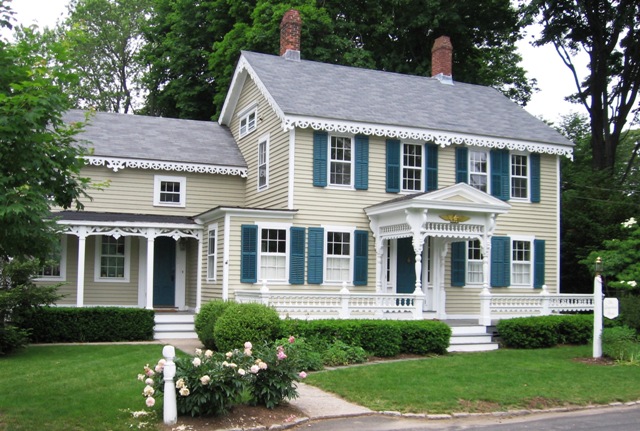The U.S. homeownership rate, which soared to a record high 69 percent in 2004, is back where it was two decades ago, before the housing bubble inflated, busted and ripped more than 7 million Americans from their homes.
With ownership at 65 percent and home values rising, housing industry and consumer groups are pressing lawmakers to make the American Dream more inclusive by ensuring new mortgage standards designed to prevent another crash are flexible enough that more families can benefit from the recovery. Regulators are close to proposing a softened version of a rule requiring banks to keep a stake in risky mortgages they securitize, according to five people familiar with the discussions.
Lawmakers currently shaping housing finance are seeking to reduce the government’s role in keeping rates affordable for riskier borrowers while ensuring homeownership is within reach of minorities and first-time buyers who could be needed to sustain the housing recovery as borrowing costs rise from record lows. Who will be able to buy property depends on the balance they reach, according to Anthony Sanders, a professor of real estate finance at George Mason University in Fairfax Virginia.
“Low down-payment loans coupled with exotic adjustable rate mortgages helped fuel a massive housing bubble, which ultimately burst and took down the financial sector,” said Sanders, who was the former head of mortgage-bond research at Deutsche Bank AG. “So the question now is do we want to do this again?”
Hitting Bottom
The latest homeownership rate, set to be released today by the Census Bureau, will hit bottom at about 64 percent in the next year as families leave the foreclosure pipeline and enter rental homes, according to a May analysis by London-based Capital Economics Inc. It’s currently the lowest in almost 18 years after averaging 64 percent for 30 years through 1995.
First-time buyers and minorities are among the groups that have seen the sharpest declines since the crash. While property ownership among senior citizens was little changed in the first quarter at about 80 percent, the share below age 35 that own a home fell to 37 percent from almost 42 percent five years earlier.
The rate for blacks reached 50 percent in the second quarter of 2004 from 43 percent in 1995, Census Bureau data show. By the first quarter of this year, it had returned to 43 percent. The rate for whites fell to 73 percent in the first quarter, from 76 percent in 2004.
Economic Push
In the midst of a new economic push, President Barack Obama, who spent much of his first term managing the foreclosure fallout, is now turning to buying homes.
“The key now is to encourage homeownership that isn’t based on bubbles, but is instead based on a solid foundation where buyers and lenders play by the same set of rules, rules that are clear, transparent and fair,” Obama said in a July 24 speech.
Presidents have been promoting homeownership at least since the Federal Housing Administration was created by Franklin Delano Roosevelt in 1934 to insure mortgages so more borrowers could qualify. Over more than 50 years, administrations touted property buying as a way to put lower-income families on a path to social and financial stability by forcing savings and making for a more involved citizenry.
Successive Clinton and Bush administrations unleashed ambitious programs to widen buying. Clinton’s “National Homeownership Strategy” in 1995 set a goal of allowing millions of families to own homes, in part, by making financing “more available, affordable, and flexible.”
Bloomberg has the full article
(Photo: Wikipedia)










